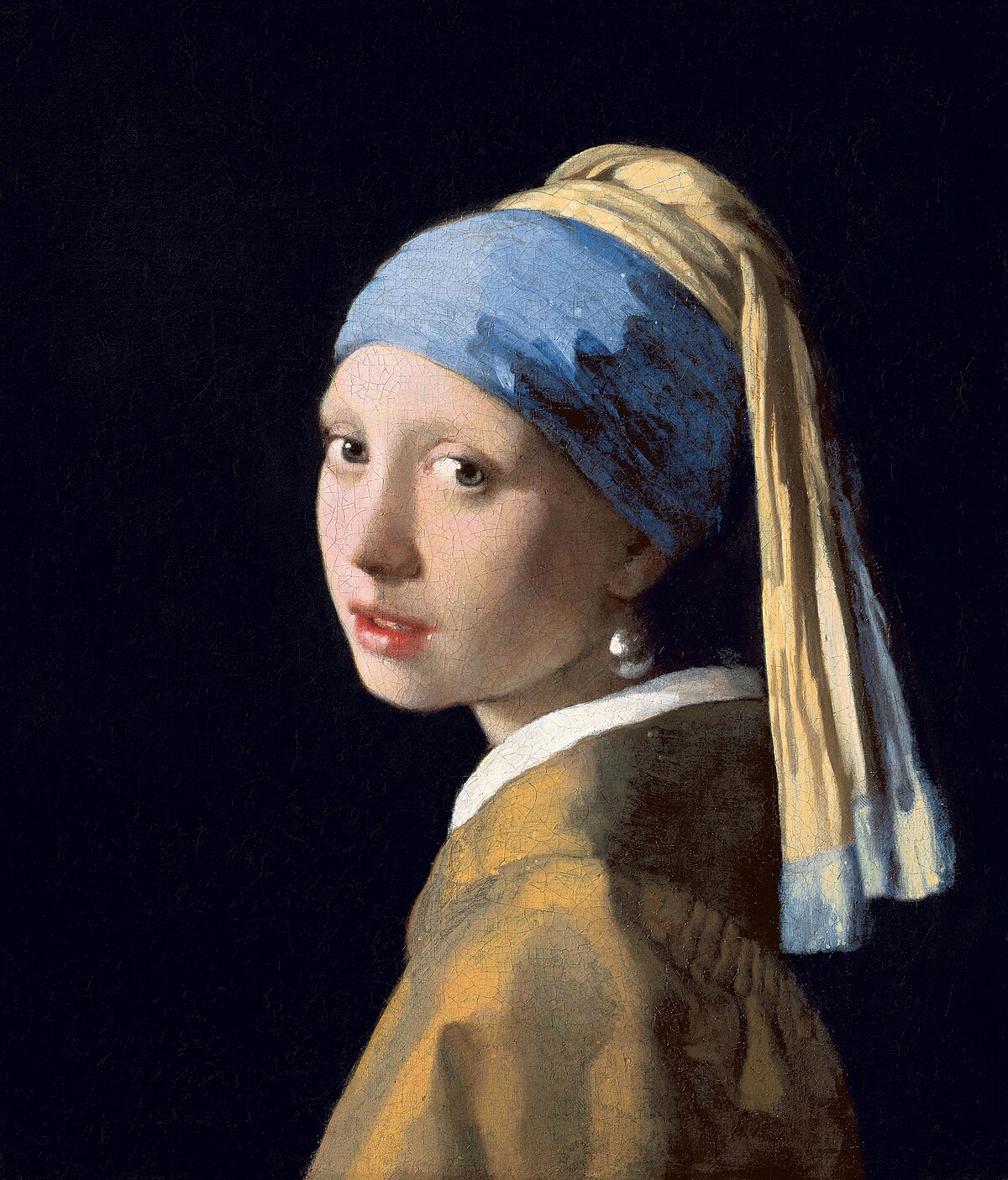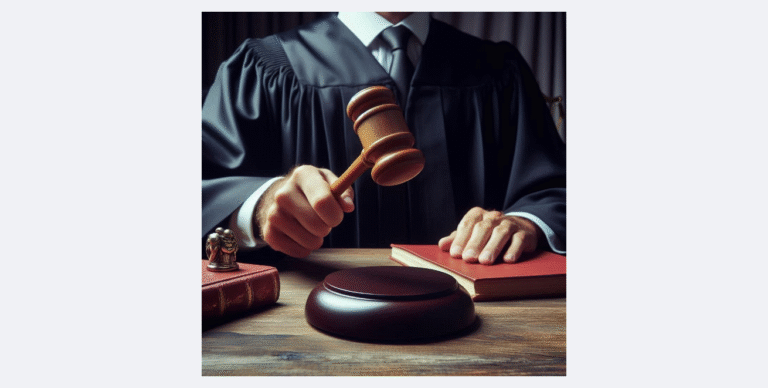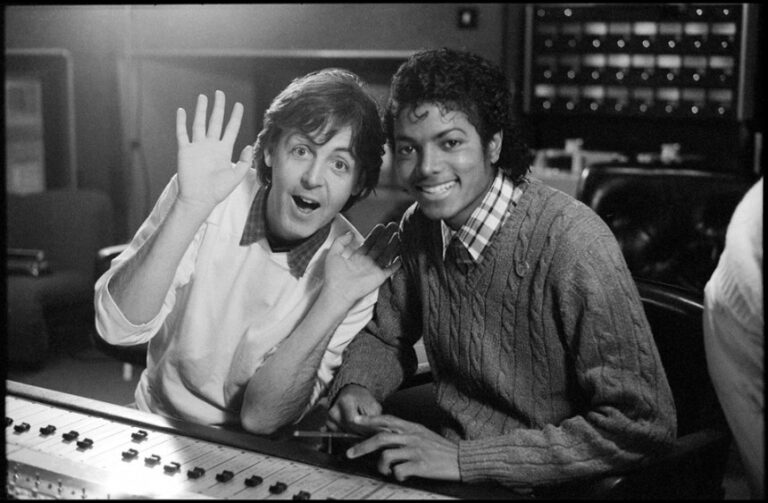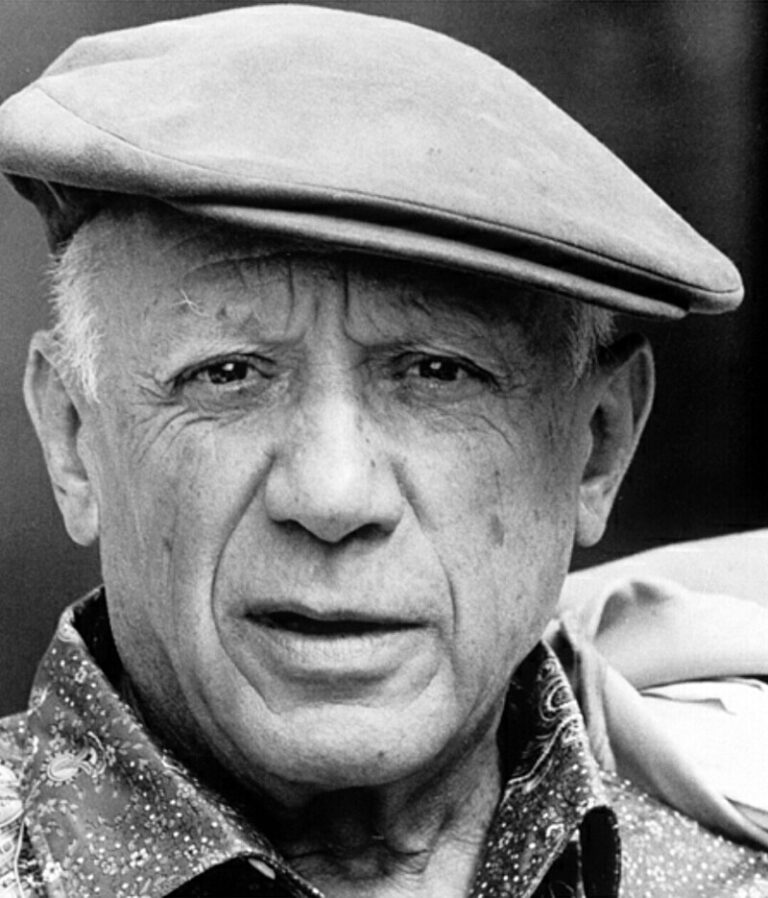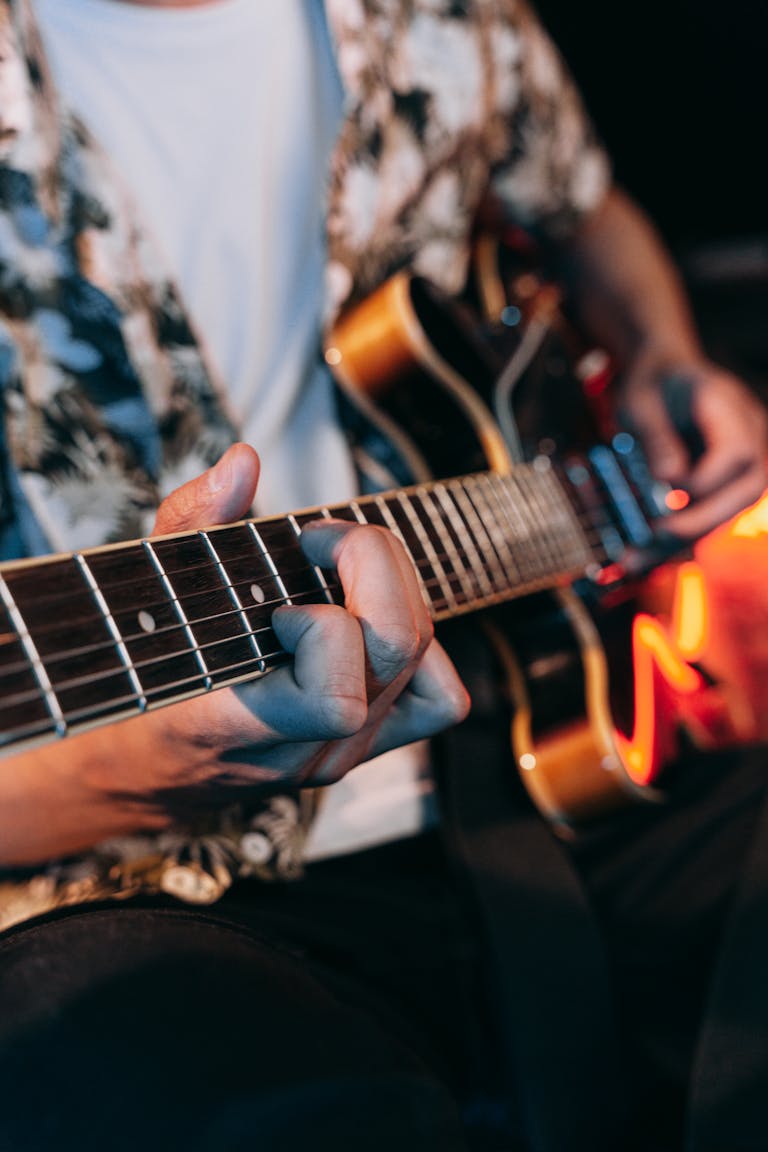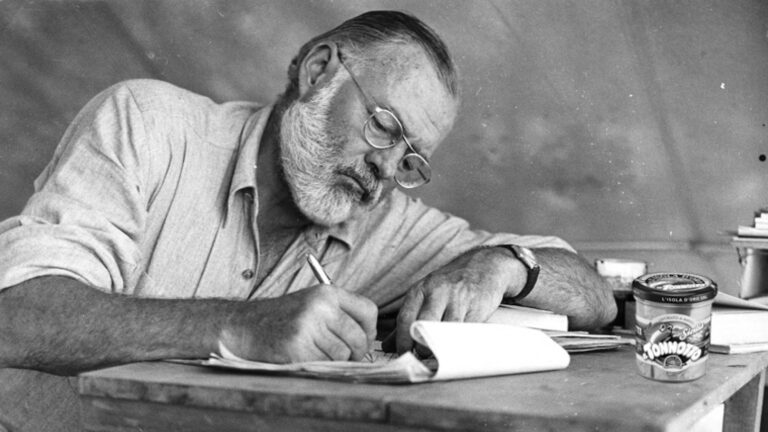Introduction
On the internet, there is a high demand for copyright free content.
This is completely understandable, since this type of content allows many entrepreneurs to advance with their projects without needing to pay money for licensing.
Let’s say you need an image, a video, some background music for your project and you want to include a really nice one, but it has exclusive rights and you can’t use it.
That’s where copyright free content shines through, because you could find very suitable content for your project, for free.
But, with that being said, if you’re going to use this content you still need to know some things beforehand, so you can use it without any problems in the future.
What do we understand by copyright free content?
One thing is what creators understand when looking for copyright free.
And another, very different one, is what the copyright system understands as copyright free.
For example…
When creators look up in Google, YouTube or any other search method for copyright free music, they’re looking for a track that can be synced, sampled, covered, recorded or used in any way without having to pay licence money or asking for permission.
Simple.
But what the law understands by copyright free is a little bit more nuanced. We have to delve a little bit deeper to understand the reach of such free use.
Here’s What Copyright Free Actually Means (Legally)
In reality, calling something copyright free actually means free from exclusive rights.
This can happen in many ways. The copyright system has some mechanisms to remove or suspend the exclusive rights from a particular work of art.
This can be done voluntarily.
For instance, any work published under the CC0 license.
This license makes the content as free from exclusive rights as possible.
It could also happen through law.
Nevertheless, there’s one particular thing to address.
The common-law/civil law.
Depending on the legal system, it may be impossible for a work to be of completely free use due to the existence of moral rights, which are perpetual rights in many civil law countries, such as those in Europe and Latin America, they cannot be transferred.
Therefore, those systems create two types of rights for a work: The copyrights and the moral rights.
In many civil law countries, moral rights never expire, cannot be sold, and are considered non-waivable.
Nonetheless, this varies by jurisdiction because some systems allow waiving them or limit their scope.
And to these countries, the patrimonial copyright is practically equivalent to the common-law copyright, with its respective bundle of rights.
In those systems, despite the patrimonial copyright being expired or not activated (let’s say the author wants to give it a completely free use) you still have to respect the moral copyright.
It’s not that moral rights don’t exist in common-law, they do.
But common-law doesn’t give it as much emphasis as continental/civil law does.
How do I respect moral copyright?
In short:
- Always give credits to the original author
- Don’t distort the original work in a substantial way
This also has some nuances, for example not distorting the original work doesn’t mean don’t sample, don’t be creative, don’t give it your own touch.
It means: don’t alter the work to the point it’s completely twisted while making it pass as the original work.
For instance, let’s say you take a public domain song, twist the lyrics meaning completely, modify the composition, include new parts and add new instruments.
Respecting moral rights doesn’t mean you can’t be creative with public domain works. In fact, creativity is encouraged. What it does mean is: don’t twist or misrepresent the original in a way that could deceive people especially if you’re claiming it’s a faithful or original version by the original author.
You can absolutely remix, rework, and reinterpret public domain content. Just don’t lie about what it is or who made it.
Free from exclusive rights
With that being said, let’s explore ways of using content free from exclusive rights.
There are many ways, some of them depend on the author’s will and some of them are caused by the copyright system.
Case 1: The author or rightholder gives it up for free
This can happen in many ways, like the following.
- The content was published under a free-use license (e.g. public license, open-source license).
- Publishing the content through a Creative Commons licence.
- The author has published the content anonymously (debatable).
Why is it debatable?
This is debatable because it could happen that the author wasn’t anonymous, but not found.
See the case for The Most Mysterious Song on the Internet (Subways of Your Mind by German band FEX).
It wasn’t that the content was published anonymously, but rather it was considered lost media, until the original authors were found. In this case, there is a gray area.
This doesn’t imply that the content is automatically free from exclusive rights but at the same time, you can’t ask for permission since the author or rightholder is unidentified and it’s not that you’re not allowed, you are unable to because contacting the rightholder is impossible.
Case 2: Copyright system makes it free from exclusive rights
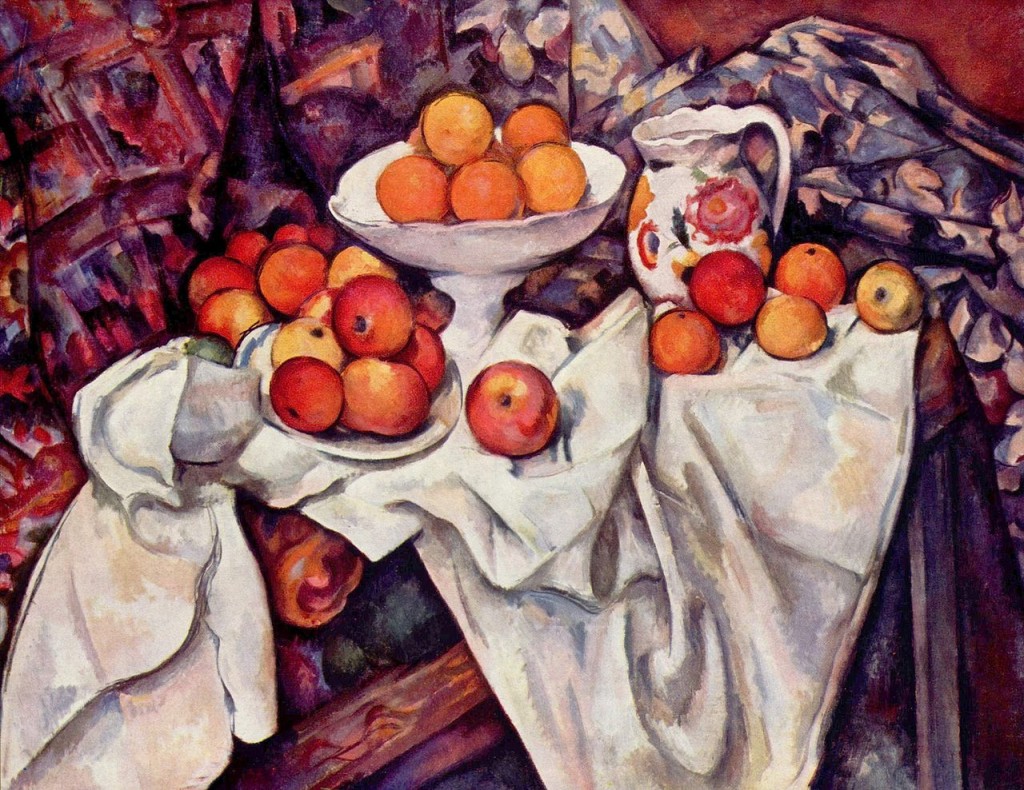
This can happen through this case:
- The content’s copyright has expired so the content is now under public domain.
This usually happens 70 years after the author has passed away. This eliminates exclusive rights from the root and this content can now be freely used, copied or edited.
Things to consider
- While content’s exclusive rights hadn’t been expired, the rightholder or author can revoke its free use at any moment (with the exception of CC licences).
- If the content is published through a licence, for the use to be considered legitimate you must adhere to the licence conditions.
- Depending on the legal system, you must still respect moral rights.
- There can be other rightholders that could not be the same people as the original creators or authors, who can restrict the content’s use if the author happens not to be the exclusive rights rightholder.

